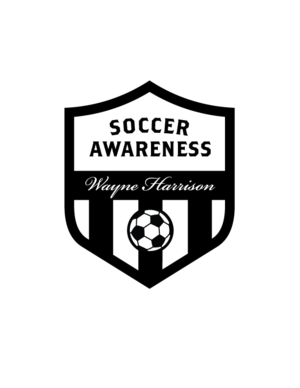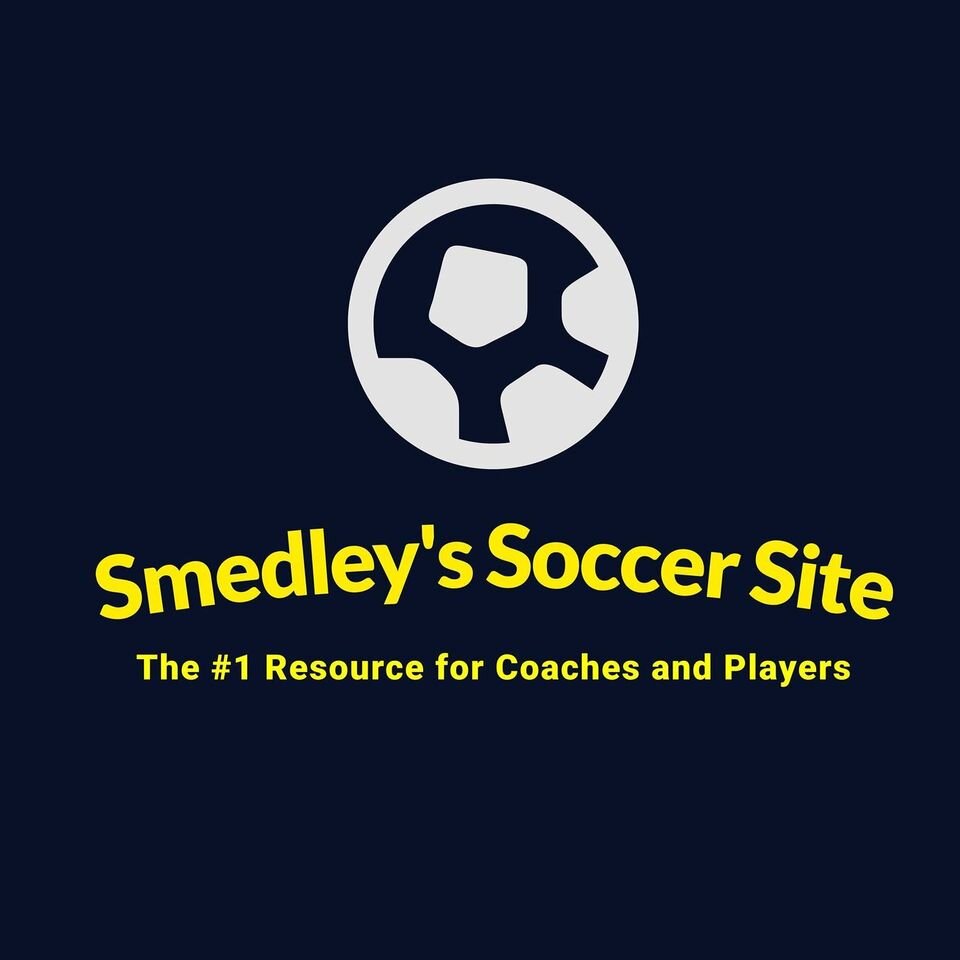Awareness Training Emphasizing Quick Decision Making (The Skill Factor) And Peripheral Vision Development
/This Is Essentially Training The Mind For Fast Decision Making
This is quite an easy way to develop; and be successful at; one touch passing and decision making (developing the SKILL FACTOR).
Initially the receiving player always has his options IN FRONT OF HIM but as the drills become more sophisticated the receiving player has to have greater peripheral vision to be successful with situations changing BEHIND HIM that will affect his decision making.
It helps develop peripheral vision (awareness) and stimulates quick reflexes making players PROACTIVE AND NOT REACTIVE.
This training also forces the receiving player to identify his options BEFORE he receives the ball, which is what awareness training is all about.
The benefit of this training is it is “drill orientated” so is easier to perform, players being in fairly static positions, and so they can have success with no pressure of having the ball taken off them.
When defenders are introduced they are told to play passively and can only press, not take the ball.
So, as the ball is travelling to the receiver he is forced to assess his options early so that when he receives the ball he is already aware and able to make the correct decision.
Playing one touch means he has to make the decision more quickly, you may begin with two touches to make it easier to gain initial success with these awareness drills.
Develop these decision making ideas between the developmental stages of learning forming the middle link between technique training and tactical training.
This drill training also leads into the dynamic movement training where players have freedom of movement and the movements are not predetermined; as with many drills.
The latter drills on this sequence have to be used ONLY with players with a high soccer IQ at these ages but likely you will have several who can do it successfully.
Spare Man Passing
Using a 10 yard grid and two balls and three players. Two players with balls feed player 4 one after the other. Player 4 passes to the spare player each time that is without a ball.
This practice develops playing off the back foot as well as quick decision making and can be enhanced by adding a 5th player and third ball.
Speed up or slow down the practice as the ability of the player allows. Allow three touches (control, touch or push, and pass) then two touches (control and pass) then one touch (pass).
Increasing the difficulty. As player 3 passes to player 4, player 1 who has the other ball, passes to player 2. This means as the first ball is traveling to player 4, that player has to identify the movement of the 2nd ball from player 1 to player 2 and thus pass the receiving ball to player 1.
Sometimes the 2nd ball is not passed and player 4 has to see that and pass accordingly.
It gets more challenging when you add another player and another ball.
Adding another player and another ball.
Player 1 moves the ball from the left to the right side of the cone and passes it firmly to player 2. Player 2 will control it with the inside of the right foot i.e. the back foot.
Player 2 adopts an open stance (half turned) to do this and cushions the ball with their right foot, into the direction it has to go. Thus, we are moving the ball out of the feet with this touch to the right, to pass to player 3 on the 2nd touch, and so on around the diamond.
Reverse the direction so both feet are used.
If the angle and pace of the pass is good try to move the ball one touch only.
This is a simple way of teaching the players to open their bodies to receive, have a good soft and cushioned first touch into the direction they are going and encourage them to look before they receive to focus on the direction of the next pass early.
Drop off the cone to allow more space between the player and the cone and move the ball in the first touch with the front foot (left foot) behind the cone to pass to the next player, so moving the ball across the body with the first touch. Passer now passes to the left foot not the right foot.
Compare the two.
Develop:
Throw the ball to the next player who has to control and sweep it to the side on the half volley and around the cone and pass to the next player. 2 balls can be going at the same time. It can be with the inside of the left foot or outside of the right foot, then a right foot pass going anticlockwise. It is a controlled half volley we are looking for keeping the ball close so the first touch has to be accurate.
The same with a volley into space.
Different parts of the body.















